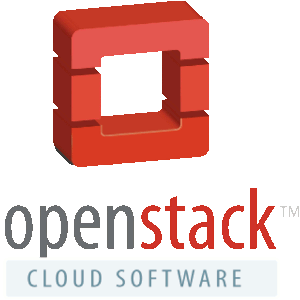Cloud Dominates! Happy new Cloud Year 2015!
By bogaert|
Cloud technology definitely becomes the major shift in IT for 2015. I have predicted already in my previous publications back in 2011 how Cloud will become the inevitable way of delivering IT services towards users. Now, three years later, nearly every organization is looking into the possibilities of exploiting the cloud. Three major evolutions have gained the momentum in 2014 and will pave the road for an accelerated adoption of cloud during this year 2015. Let’s take a look at these three evolutions: |
|
|
1. Lowering to Bare-metal cloud Traditionally Infrastructure as a Service was realized using a virtualization technology, thus requiring a hypervisor, consequently the infrastructure offered were virtual services. This was very scalable, efficient and flexible, but created a lot of unnecessary overhead in terms of performance and costs. An innovative way of providing Infrastructure services is Bare-metal cloud, offering a dedicated environment delivered in very scalable, efficient and flexible way. Through a web-based portal or an API these cloud services can be provisioned and de- provisioned in an easy way. A major player in the market of bare-metal cloud is SoftLayer. Bare-metal cloud servers offer a superior performance with low latencies at a lower cost compared to a virtual server. Even better, a single bare-metal cloud server can carry the load that would require multiple virtual servers in a virtualized cloud environment. A multitude of workloads benefit from bare-metal cloud servers, some examples are data analytics, scientific simulation algorithms, media rendering, and gaming application. |
|
2. Finer granularity of available middleware services The granularity of middleware as a service becomes finer and more services become available. Initial middleware services were focused on traditional services such as databases or security. Now a wide variety of services is available, such as but not limited to, geocoding services, mobile push services, auto-scaling services, workload scheduler services, etc. The availability of these services enable new application developers to shorten the development cycle from prototype to production drastically, as they can focus on the core functionality of their application and integrate with these available enterprise quality services. A nice example of such cloud platform come from IBM with BlueMix, it bundles own and third-party services on a single easy to use platform. |
|
|
3. Role of Open standards – OpenStack - Cloud Foundry Foundation The role of open standards cannot be underestimated, through the history of IT we have seen that using open standards last and wins. Though, Amazon still runs the largest Infrastructure as a Service platform, Amazon uses its own proprietary stack. Meanwhile, OpenStack gained massively in popularity among enterprises and cloud services providers. Large cloud provides such as IBM, Intel, Cisco, HP, RackSpace and many others are backing the OpenStack initiative. The standardization of cloud will facilitate the portability of workloads between private and public cloud services, and between cloud service providers. |
|
|
The above three evolutions will definitely further accelerate the adoption of cloud technologies in 2015, being as (a) private cloud within an enterprise / government organization, (b) hybrid cloud between an organization and a cloud service provider, and (c) shared / public cloud services. Wish you a Happy New Cloud Year! |
- bogaert's blog
- Log in to post comments



